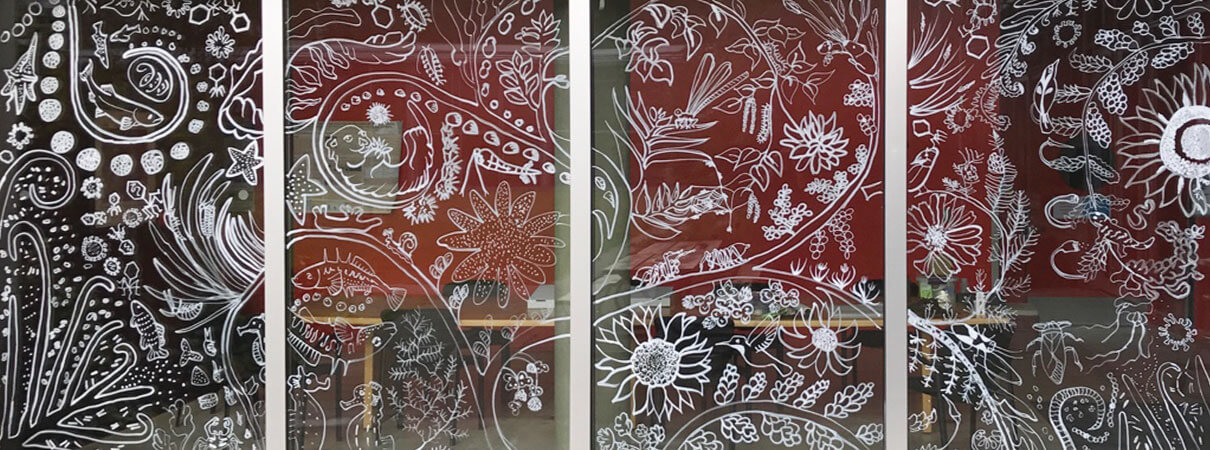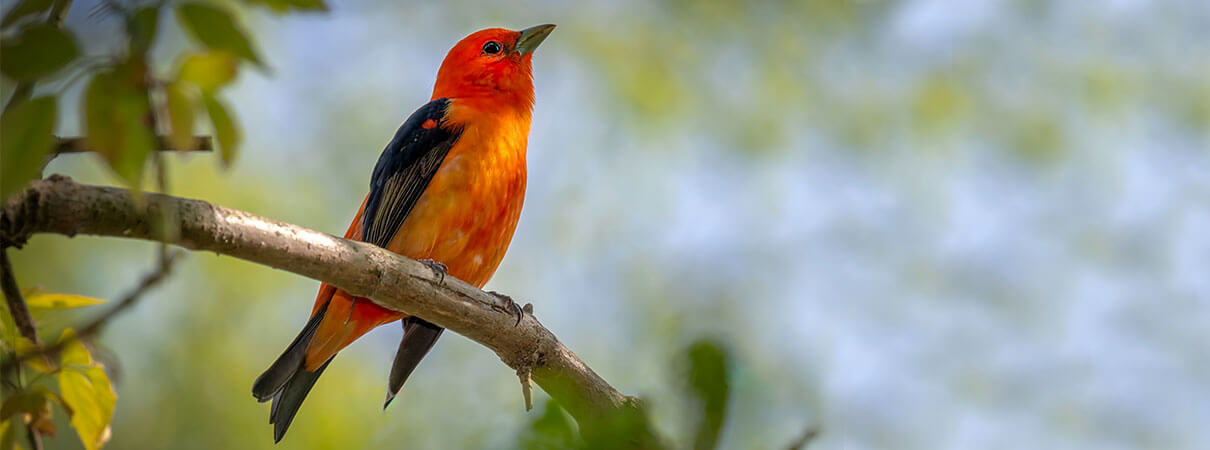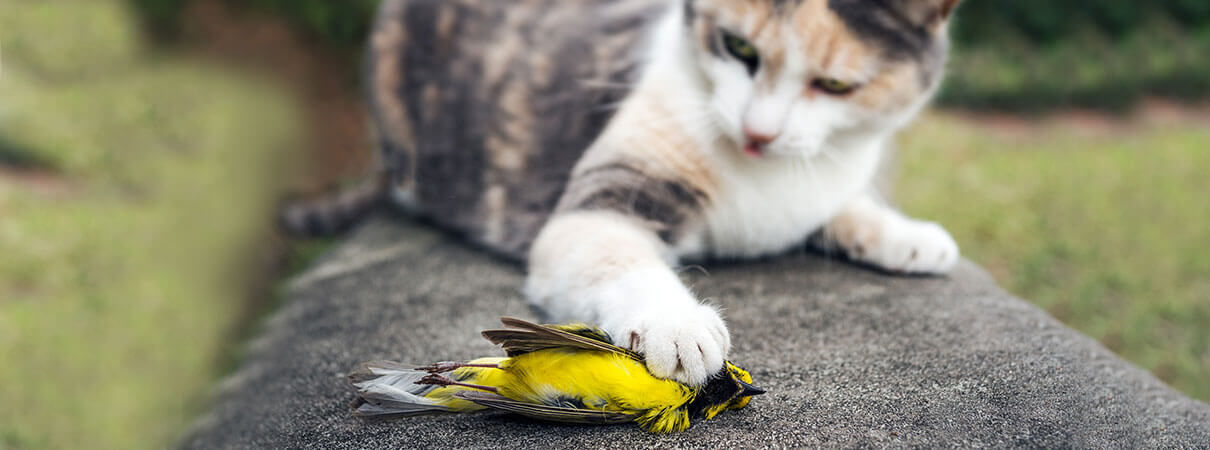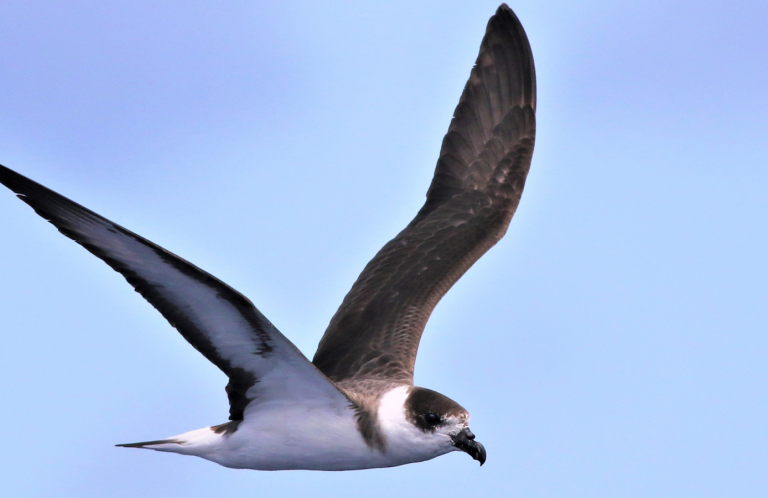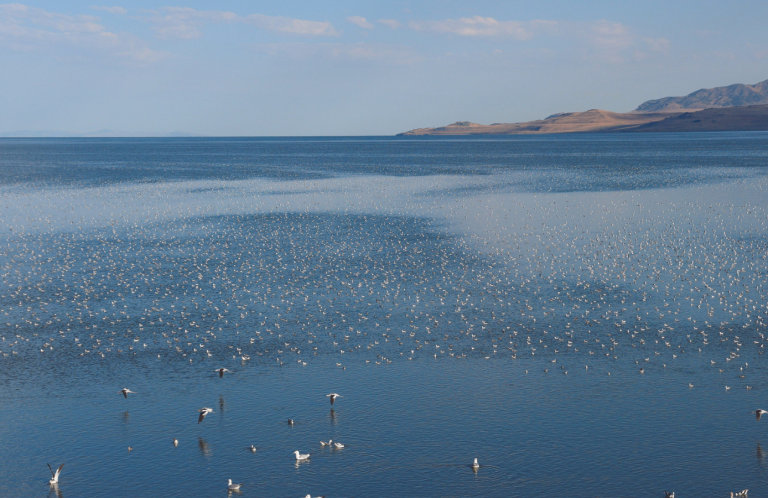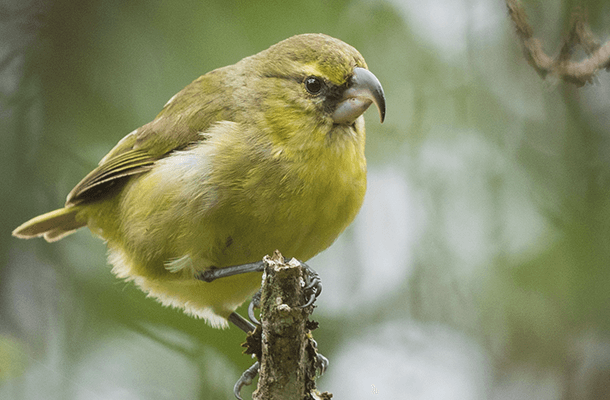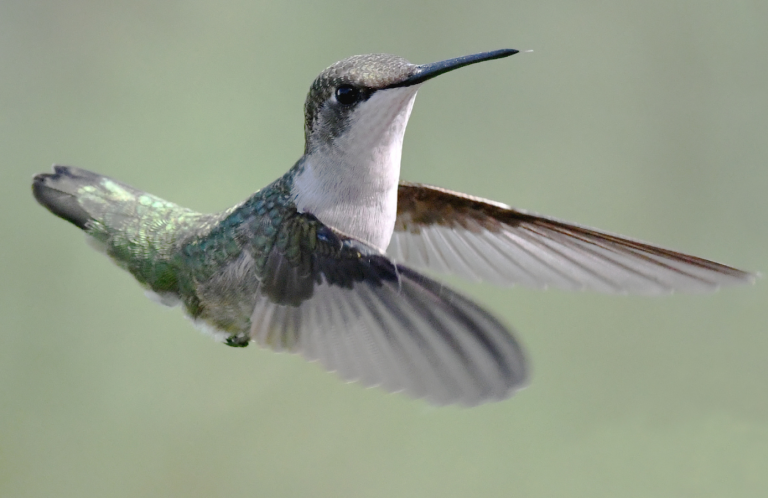Stuck at home? Use the Opportunity to Make Migration Safer for Birds
Birds have inspired many of us this spring. Here are seven home activities to give back during the COVID-19 outbreak.
Instead of pursuing birds this spring, many of us have settled in, watching from windows and yards. While the setting may be ordinary, the impact has been extraordinary. Birds that we've seen hundreds, or thousands, of times before have taken on new significance. They have brightened our days, providing moments of normalcy, hope, and joy.
Birds, however, face their own troubles this spring. Millions have already embarked on perhaps the greatest challenge of their lives: migration. Always risky, this journey has become increasingly perilous in recent decades as a continent-wide gauntlet of human dangers — from communication towers to pesticides — has proliferated.
Needless to say, birds can use all the help they can get — and that's where we come in. During spring and fall, our properties become transitory habitat for migratory birds. And the decisions we make around the home can determine whether our living area becomes a deadly obstacle or much-needed sanctuary.
Making the right choices, and transforming your home into a bird-friendly refuge, is easier than you might think. It's also a great way to stay busy, relieve stress, and, most importantly, doesn't require leaving home.
Check out our list of ideas below and please feel free to suggest more to our comments section at the bottom of this page.
1) Make windows safe
Hundreds of millions of birds in the U.S. die from hitting glass every year — almost half of those on home windows. Luckily, there are many ways to make your windows safe for birds. An easy method is to apply tempera paint to the outside surface of glass.
Tempera is nontoxic, cheap, easy to use (and remove), and amazingly long lasting — even withstanding rain. Using a sponge is a good way to make a quick pattern. With a little more effort, you can create spring-themed designs or even small works of art depicting your favorite birds; either will help prevent collisions.
If you don't have paint at home, see our list of ABC-tested, bird-friendly window tapes, which can be purchased online. Whichever kind of design you use, make sure your lines are no more than two inches apart, to help smaller birds avoid collisions.
2) Avoid “neonic” pesticides
Ask yourself if you can do without lawn and garden pesticides. The most widely used insecticides in the U.S., neonicotinoids, or “neonics,” are lethal to birds and to the insects that birds consume. (A single neonics-treated seed can kill a songbird.) But it's not just wildlife at risk: Chronic exposure in children may be linked to autism spectrum disorder and other adverse neurological outcomes.
If you need to protect plants at home, avoid using pesticides containing neonics. Instead, consider using organic products that are effective without harming birds and other wildlife. Many of these can be purchased online, so you don't have to go out to get them. If you want to do more, sign ABC's online petition and tell Congress to remove neonics from store shelves.
3) Keep track of what you see
If you could help birds by sharing your observations, would you do it? If so, you're not alone. eBird, the world's largest biodiversity-related citizen science project, receives more than 100 million bird sightings a year. This information helps researchers understand the global movements and needs of birds, which, in turn, improves conservation efforts. That's not all: eBird can be particularly useful to birders during migration, helping to gauge arrival dates for specific species. To get started, visit eBird.
4) Support bird protection laws
The Migratory Bird Treaty Act (MBTA) is one of the most important pieces of legislation affecting birds in the U.S. But a new government legal position and proposed regulation assert that the MBTA does not address unintentional harm that industrial activities cause to birds, effectively letting businesses off the hook. This move is already negatively impacting bird populations, making it harder to reduce preventable bird mortality. It also puts at risk our public heritage as the stewards of our nation's birds. You can help protect this important law by signing ABC's online petition.
5) Keep your woods wild
If you have a wooded backyard, keep it as natural as possible. You can leave logs and fallen branches in place to shelter insects and other small critters that birds feed on. If invasive plant species are moving in, pull them out.
When larger trees break or fall, consider letting them stay in place — as long as they're not hanging over the roof or otherwise endangering your home. This gives snag-nesting migrants like the Great Crested Flycatcher places to nest. Snags can also provide homes to year-round residents like screech-owls and Downy, Hairy, and Pileated Woodpeckers, as well as flying squirrels and other wildlife.
6) Keep cats indoors
Cats are lovable pets, but they're also instinctive predators. One cat alone may kill up to 55 birds each year, and, collectively, they kill approximately 2.4 billion birds annually in the United States. The numbers are daunting, but the solution for cat-owners is simple: If you plan on taking your cat outdoors, keep it on a leash or in an enclosure. This keeps cats safer, too.
Don't have a cat? You can still support bird-friendly practices in your community by encouraging the passage of local ordinances mandating responsible pet ownership. Learn more about other simple actions you can take to protect birds on our Solutions for Pet Cats page.
7) Invest in native plants
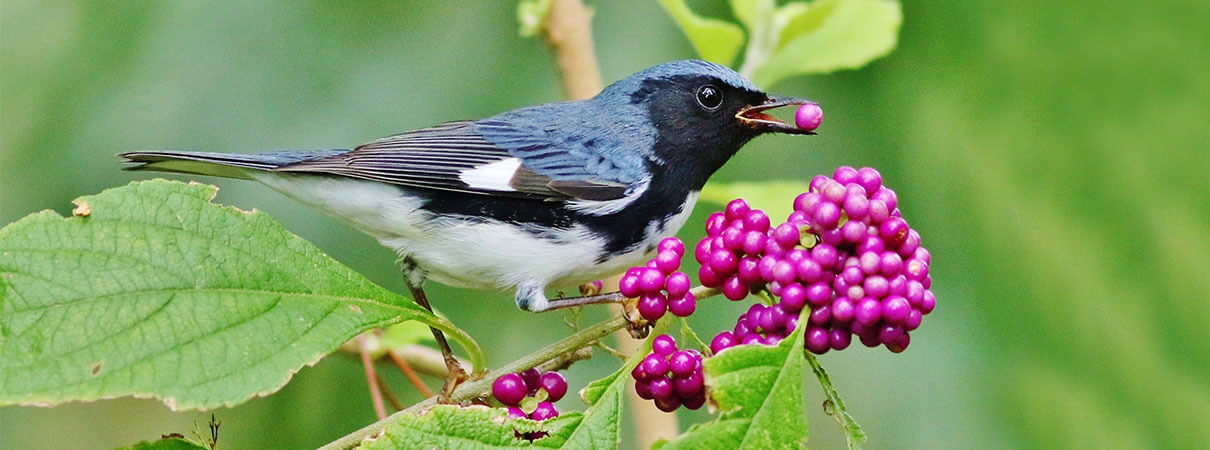
Black-throated Blue Warbler eating from American Beautyberry shrub. Photo by Philip Rathner/Shutterstock
No red-carpet roll-out for migratory birds would be complete without native plants. Not only do natives excel when grown in the right places — they provide essential food and habitat for birds and the insects they feed on. Native wild cherry trees alone feed more than 450 species of moths and butterflies.
Wondering which plants to use? There are online tools that can help based on your location. We've also prepared a list of a dozen native trees and shrubs that birds love. Don't forget: Most hummingbird species in the United States are migrants, and there are easy steps you can take to attract them naturally — without feeders.
Note: Now is not the time to shop in-person for native plants. Many nurseries offer online sales, which can be a safer alternative.





































